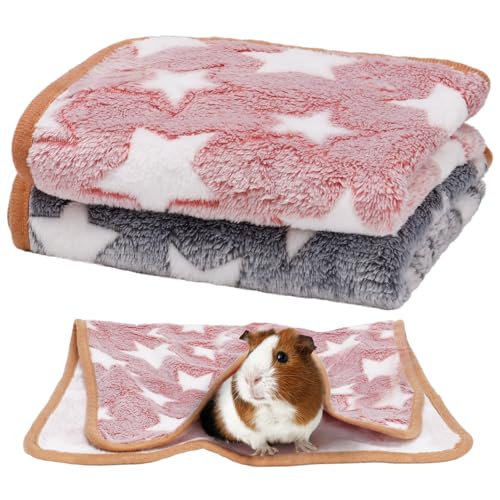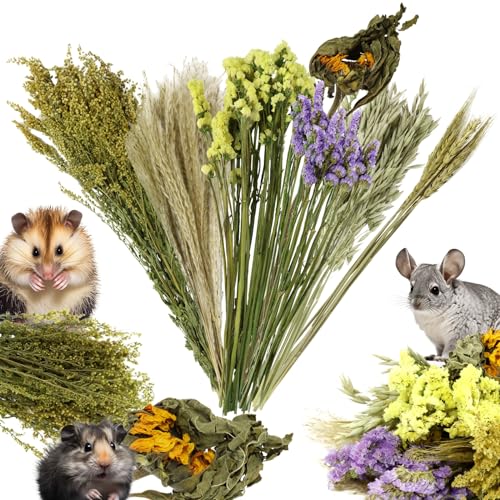Sandi
non-stop poop sweeper
After speaking to the quality control manager at Oxbow on Wednesday after Stacie brought to my attention that the protein levels in the pellets increased from 16% to 18%. He initially told me that it could be a typo on the label due to the new label layout. I pressed further and asked him to put it in writing. I am quoting his email to me below.
From what I understand is that the formula was always 18% protein but everything on their labels including their website stated 16% protein until recently. Oxbowanimalhealth.com still to this minute says: Crude Protein, min 16.00%. So to me, they have been misleading all of us for several years according to his email.
From what I understand is that the formula was always 18% protein but everything on their labels including their website stated 16% protein until recently. Oxbowanimalhealth.com still to this minute says: Crude Protein, min 16.00%. So to me, they have been misleading all of us for several years according to his email.
The Oxbow Chin Deluxe label and formulation issues that you questioned have been thoroughly reviewed and here
are my findings:
The actual formula hasn’t changed in years or since it was first developed.
The label was updated ~18 months ago to better reflect the actual protein results which come from frequent, regular lab analyses. Those results are consistently in the 18% range.
-We routinely test all of our products for their nutritional make up. These nutritional tests help us insure we are meeting the formulation specifications we need for each species.
Oxbow works closely with a team of nutritionists and veterinary health professionals in regards to formulation of and nutritional profiles of our diets.
In talking with our specialty nutritionist, some important nutritional factors to keep in mind with Chinchillas, are the amino acids (the building blocks of protein), not the crude protein content.
One amino acid, methionine, is essential for good hair growth, a much desired characteristic in Chins.
Another amino acid, lysine, is essential for good lean muscle growth in Chinchillas
Oxbow Chin Deluxe is specifically formulated to contain the proper amounts of these two amino acids.
The 18% Crude protein is a necessary to provide proper nutrition for chinchillas including the correct levels of these amino acids.
Our nutritionist also said, that in his opinion, a 16% diet is a maintenance diet only….That in order to achieve
proper muscle and hair coat, the diet must be at least a 17% or 18%.
So, the key point for your forum members is that the reason their Chins are doing so well on Oxbow Chin Deluxe
is because it is formulated to contain specific amino acids, as well as ample crude protein, to insure the that the animals nutritional needs are met.
Sandy: Please let me know if our Technical Team can help with any other answers.















































